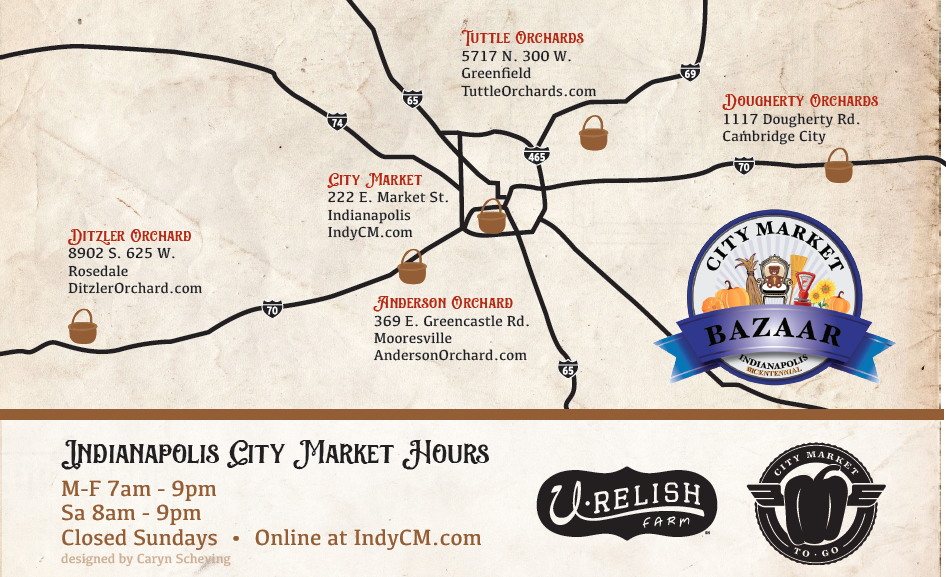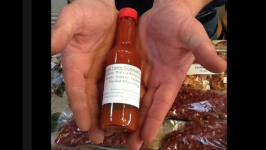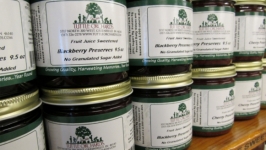Historic U.S. Route 40
In the early 1800s, Hoosiers were isolated from each other and Indiana was disconnected from the rest of the country. There were just a handful of wagons that carried goods to and from Indianapolis. A single passenger stagecoach brought people from all over the state to collect goods from the capital.
In 1829, U.S. Route 40 transformed the remote state of Indiana into the Crossroads of America; it was the first federally funded highway and it traversed the entire United States. It ran from east to west and facilitated transcontinental traffic through the middle of the country.
Construction began in 1811 and 18 years later, the roadway reached Indiana. The Hoosier stretch of U.S. Route 40 passed through cities including Richmond, Indianapolis and Terre Haute.
Around the same time, the north-south U.S. Highway 41 was built. An intersection of U.S. Route 40 and U.S. Highway 41 fell in Terre Haute. That point of intersection was named the “Crossroads of America,” and features a historical marker.
As people traveled westward to build new lives, they crossed through Indiana using the newly built U.S. Route 40. Families had all of their earthly belongings in tow, including household furnishings, children, cattle and more.
The roadway revolutionized mail carrying. At the start of the 1830s, an early version of the Pony Express utilized the road. By 1837, a more efficient system of mail delivery allowed mail coming from Washington, DC, to reach Indianapolis in just a few days.
Teamsters hauled freight day and night using Conestoga wagons with six-horse teams. For Hoosiers, the transportation of goods was especially remarkable because it linked Indiana’s agricultural growers and producers to the rest of the country.
Freight wagons carrying products competed for space with travelers, mail carriers and herds of cattle that were driven to market. At times, traffic was so heavy and constant that the roadway was clogged. Along the Indiana stretch of the roadway, the rumble of wheels was audible from morning until night.
During the “golden age of automobiles,” (1920 -1950) U.S. Route 40 carried more traffic than any other highway. When travelers wanted to go from East Coast to West Coast in the 1900s, U.S. Route 40 was the most efficient way to do it.
In its prime, U.S. Route 40 stretched from Atlantic City to San Francisco. When the Interstate Highway System was formed, many western sections of the route were decommissioned and they disappeared from roadmaps. But in many states, including Indiana, groups of people are joining together to recognize the significance and recover the spirit of the historic roadway.
Cara Daffron of U-Relish Farms (an Indiana artisan food producer) is inspired by the connective benefit of Indiana’s historical stretch of road, and she invites others to get involved.
“This is an invitation to travel the U.S. Route 40 to support the growers, producers and artisans along the historic road,” Daffron said. “U-Relish farm is excited about agritourism in our Great State of Indiana.”
She encourages travelers to drive the length of Indiana’s stretch of U.S. Route 40, stopping at the yard sales, markets, flea markets, growers, producers and artisans that are situated along the way.
“There are yard sales and a flea markets that take place on U.S. Route 40,” Daffron said. “Terre Haute and Richmond were significantly impacted by the roadway back then and they still are today.”
For markets and growers like the Indianapolis City Market, Ditzler Orchard, Anderson Orchard, Tuttle Orchard and Dougherty Orchard, their U.S. Route 40 location encourages a sacred economy of connectivity.
“The route creates business and capital arrangements for mutual growth, while at the same time furthering agriculture and tourism,” Daffron said.
Encouraged by all of the history and localism of U.S. Route 40? Take a trip and visit some of the local established businesses on this historic route.








